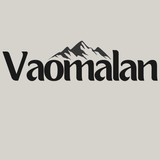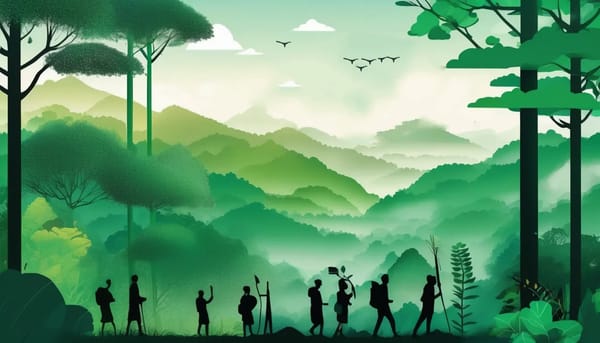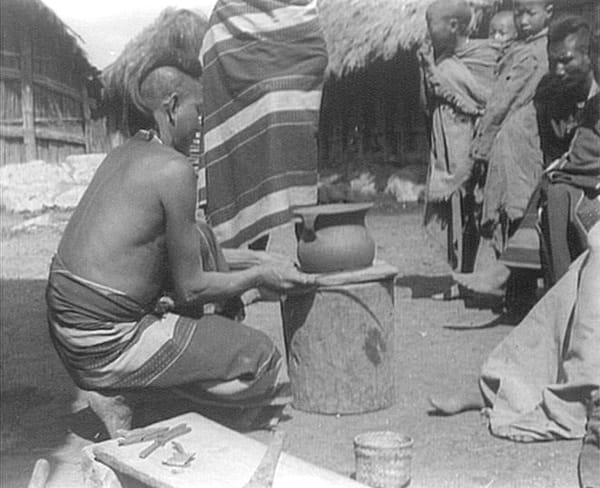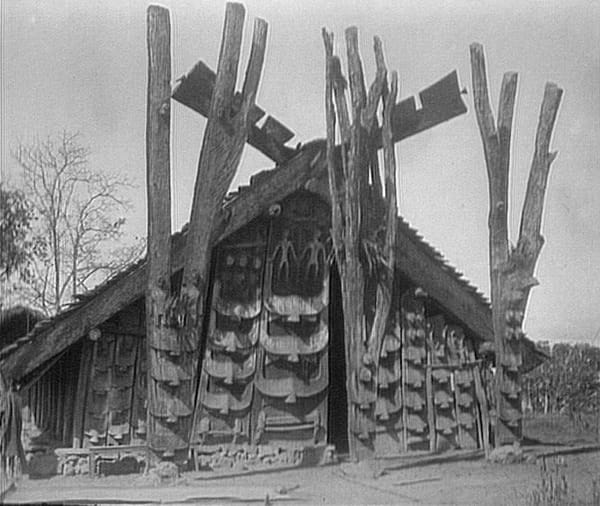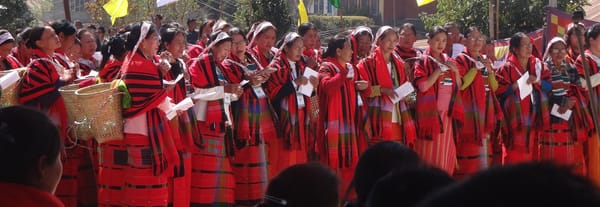The intrinsic value of our culture: Know it, wear it & live it
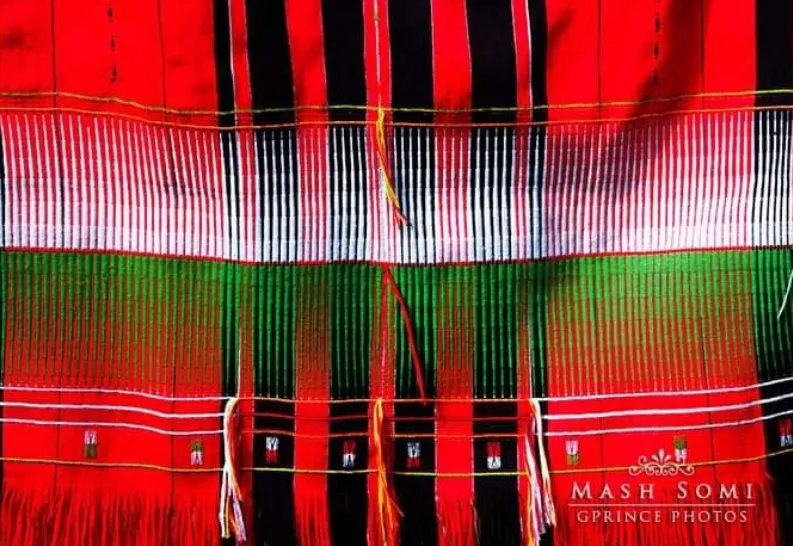
Babies couldn’t care less about things inside gifts, as they are attracted to colors and rustles of wrappers of the gifts. Likewise, most of us tend to look more at the less significant things, that are the outward manifestations of our real, invaluable and intangible parts of our culture. Like the babies, we are attracted only to what can be perceived easily. And we care less about the notable ones such as the intellectual achievements of our forefathers, our literature, ideas, social behavior and customs. We speak a lot about preserving our culture, but we exclude the fundamental values of it.
I did a quick sensitivity check of Facebook posts and various WhatsApp groups related to Chāngkhom (also used as Chonkhom by some) Umbrella/satin/shatin when there was a social media debate at the end of the second week of November 2018, related to one marketing post of a new umbrella designed with our traditional shawl, Chāngkhom. I gathered some key words mostly used, by the people in this Chāngkhom Umbrella social media engagement. They are dignity, value, cultural significance, preserve, creativity, traditional, identity, respect, honor, attires, promotion.
I grouped these key words to build a hypothesis ‘Preserve our culture, our dignity, our identity and promote it’. In those social media engagements everyone acknowledges that Tangkhul has a unique culture, which serves as our identity and it should be preserved, honored and promoted to other parts of the world. But there is a huge divide in opinions on ‘how’ to promote our culture.
There is one traditionalist, a group of people who think we must draw a clear line on how and where to use our cultural art and design, in commercializing an individual made products. This is essential because our art and culture is unique, must be respected and protected. There is another more progressive group of people who think that, if our cultural art and design are not misused, we must encourage the use of traditional design in any form, because it is the way we promote our culture. One question popped up in my mind; We have used Chāngkhom patterns in many other products, from attires to accessories, that are being widely sold and used, but how is umbrella so different that it will harm our image/culture? It is quite a subjective argument and I couldn’t care less about finding what is right or wrong in this argument.
While we all admit the need to preserve our culture, our failure to uphold the fundamental values of it, is more concerning to me. The intrinsic parts of our culture are ignored by us. Our effort to safeguard our identity/culture does not essentially lie in wearing our traditional attire Chāngkhom or Haorā. It is not to undermine the creativity of our artifacts. For me, these artifacts are outward expressions of our built-in cultural values. For, it is worthless to wear our aesthetic Chāngkhom or Haorā if we don’t carry our traditional social behavior, say, of being honest and truthful. Today, we flaunt Pāsi on our head, but we have failed to inherit the traditional wisdom of our forefathers. The communitarian set up of our society is lost. Wearing a Haorā does not tell others that we have the spirits of sharing what we have with one another, unless we practice it, like our forefathers did. The spirit of sharing or gifting is clearly seen from earlier Feast of Merit1 (Marān Kasā) written by Dr Shimreingam Shimray and the very meaning of our chāngshān Ngaphei2 (November) etc. Preserving our culture is knowing it, wearing it and living it. Are we giving efforts to really preserve our culture for our future generation?
Our forefathers’ intellectual legacy is forfeited and being buried in graves. Our proverbs (chānjam), the expressions of our forefathers’ wisdom are neglected to be irrelevant. Our grammar and syntax are a mess. No standard of writing defined by early writers, is maintained. Nobody cares to know how to connect la, li, da, ta, bing, wui, na hi, hili, chi etc. in forming sentences. William Pettigrew picked up and brought the Sāhui back but the very Sāhui of our literature and vocabularies are taken away again (fana sheithuiluihaira, in Awo Raihao’s term). These traditional social behaviors, moral values (one of them, virginity is seen in Laa khanganuiwui kakhalat3), customs, intellectual legacy, literature etc. are the intrinsic parts of our culture we need to preserve and give importance to.
Coming back to Chāngkhom umbrella, I am more of a progressive person who thinks we need to leverage our culture in all aspects of life. Let us not only make use of our Chāngkhom design and patterns in consumer products but also transform our existing banking and financial system (one industrial example) based on our tradition of helping one another. It can be modelled on communitarian setup. Our banking & financing services today are only meant for a few privileged. The bottom of the pyramid is completely ignored.
Has one ever come across our traditional social insurance system? Our forefathers had one. It is called Zātsā (Zāt means rice. Sā means meat). We can revolutionize Zātsā to build a new financing business model. Countries like Malaysia, Saudi Arabia, UAE, Kuwait, Qatar and Turkey, adopt Islamic banking of Sharia compliant finance. We can also adopt Tangkhul cultural & custom compliant financial system.
A brief note about Zātsā: In olden days, the richness of a person is defined by the number of buffaloes and cows he/she possessed. This indicates that buffaloes/cows were like gold and silver. Number of buffaloes/cows indicates the breadth of wealth. In the event of catastrophic death of a buffalo or a cow, the owner is socially insured by his/her near and dear ones by taking some shares of meat cut from the dead animal, in exchange for some rice after the harvest. Our forefathers called it ‘Zātsā yaokashai’. This is how they help one another in accidents.
We can build our own insurance and financing businesses modelled on not only ‘for profit’ mentality but also on our traditional Zātsā of helping one another in times of need. Can we build and promote such financing business model? It may be possible. Zātsā is our identity, like Chāngkhom is. We can integrate Zātsā to revolutionize our financing system, like we have revolutionized the design and patterns of Chāngkhom in the use of sling bag, skirt, necktie and other accessories. These life application examples are just of two industries, we can apply across the industries. We can also leverage many more models from our culture.
Written by Tsivyo Kasom, a culturalist
22nd Nov, 2018

